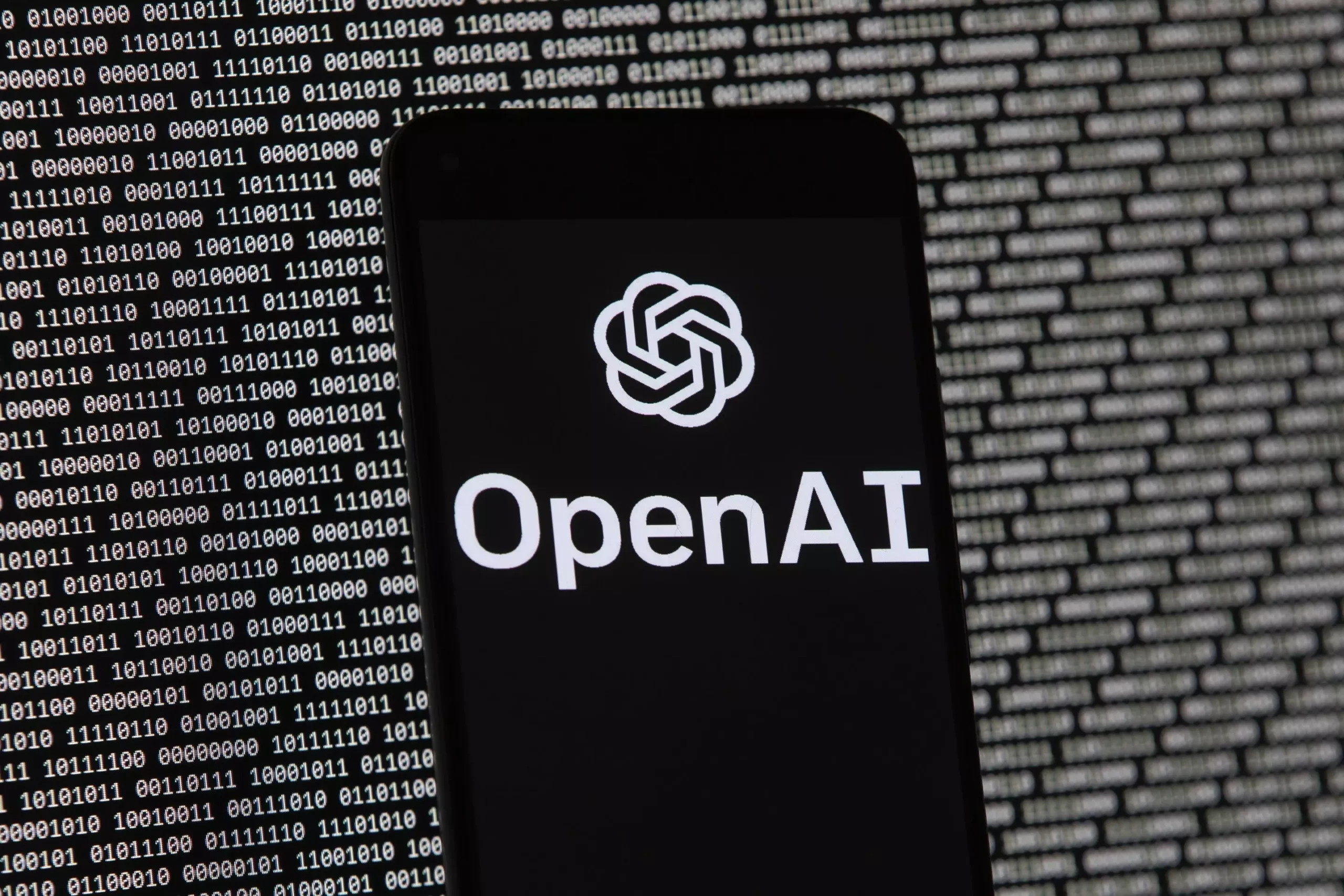In 2016, a significant transformation began in the realm of artificial intelligence with the formation of OpenAI, a research organization established as a nonprofit in Delaware and headquartered in Mountain View, California. The organization’s mission was articulated in its application for tax-exempt status: to enhance digital intelligence in ways that benefit humanity while maintaining a commitment to operations unconstrained by the pursuit of financial profit. This founding ethos heralded a vision geared towards altruism but has seen a substantial evolution over the years.
OpenAI was seeded with an ambitious plan and financial backing, including a $10 million loan from Sam Altman, one of its founders and now its CEO. The organization’s initial application revealed dreams that, while visionary, seem almost quaint compared to the current landscape of AI technology. In its request, OpenAI detailed its intentions to create AI agents capable of gaming, develop robotic technology for household tasks, and produce systems that could interpret and act upon complex natural language instructions. At the time, such aspirations felt lofty yet plausible. However, with the emergent success of products like ChatGPT—a defining moment in AI’s evolution—OpenAI’s trajectory has shifted dramatically, showcasing technology that far surpasses its early ambitions.
An intriguing aspect of OpenAI’s journey lies in its initial rejection of for-profit partnerships and the development of commercial products. In its application to the IRS, OpenAI explicitly stated its intention to eschew relationships with for-profit companies, claiming that any research would remain open and freely accessible. This commitment aligned with the ideals of transparency and public benefit that guide many nonprofit organizations. However, the reality of technological advancement and the competitive AI landscape has led to a reevaluation of these principles. The PTpower, rather than adhering strictly to its original frameworks, now embraces commercial collaborations.
OpenAI’s spokesperson, Liz Bourgeois, acknowledges this evolution, suggesting that while the organization’s mission remains intact, the means of achieving it have adapted in response to technological progress. This adaptability raises fundamental questions about the balance between nonprofit values and the commercialized landscape in which modern AI operates. Lawyers and nonprofit specialists are increasingly scrutinizing whether OpenAI’s expansion into for-profit terrains has inadvertently strayed from its foundational commitment to public good.
Legal experts have closely monitored the organization’s rapid ascent and increasingly complex corporate structure. Questions surrounding compliance with nonprofit regulations have emerged, particularly regarding how the organization manages its significant financial ambitions while staying aligned with its charitable mission. Andrew Steinberg, a lawyer with experience in nonprofit advisory roles, emphasizes that OpenAI’s adaptations, including its reporting of structural changes to the IRS, appear to adhere to legal expectations. However, as OpenAI considers potential shifts in its corporate structure, the roadmap of its ethical obligations becomes murky.
Dividing its resources and separating intellectual property between nonprofit activities and commercial endeavors introduces potential conflicts. The fundamental question persists: at what point do the organization’s primary activities serve the public interest, and when do they veer into realms that disproportionately benefit private entities? As OpenAI’s influence continues to grow, the scrutiny surrounding its operations will likely intensify.
As the landscape of artificial intelligence continues to evolve rapidly, so too does the role of OpenAI within it. Many within the tech community, as well as concerned stakeholders within regulatory frameworks, will be watching to see how OpenAI navigates its dual identity as both a nonprofit and a rapidly growing for-profit entity. The organization’s current endeavors, including products and initiatives aimed at solving pressing social issues through AI, hold promise but also risk alienating the founding ideals of transparency and public access.
In this transformational era, OpenAI stands at a crucial crossroads. The challenge will be to retain the core principles of its inception while adapting to a landscape that increasingly demands resources and financial viability. If OpenAI can effectively balance its ambitions for profitability with its foundational commitment to benefitting humanity at large, it could very well redefine the landscape of artificial intelligence and the ethos by which it operates—a balancing act that exemplifies the delicate dance of ethics and innovation.

